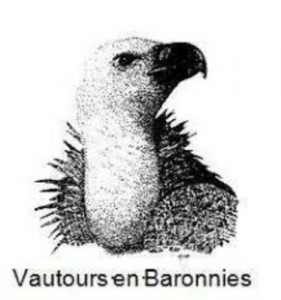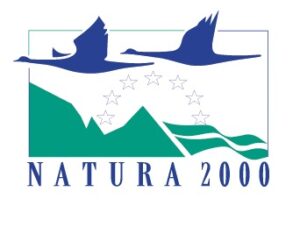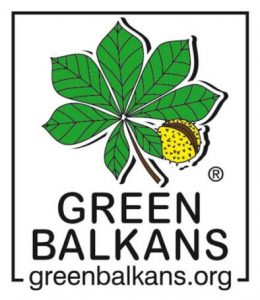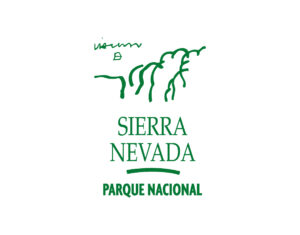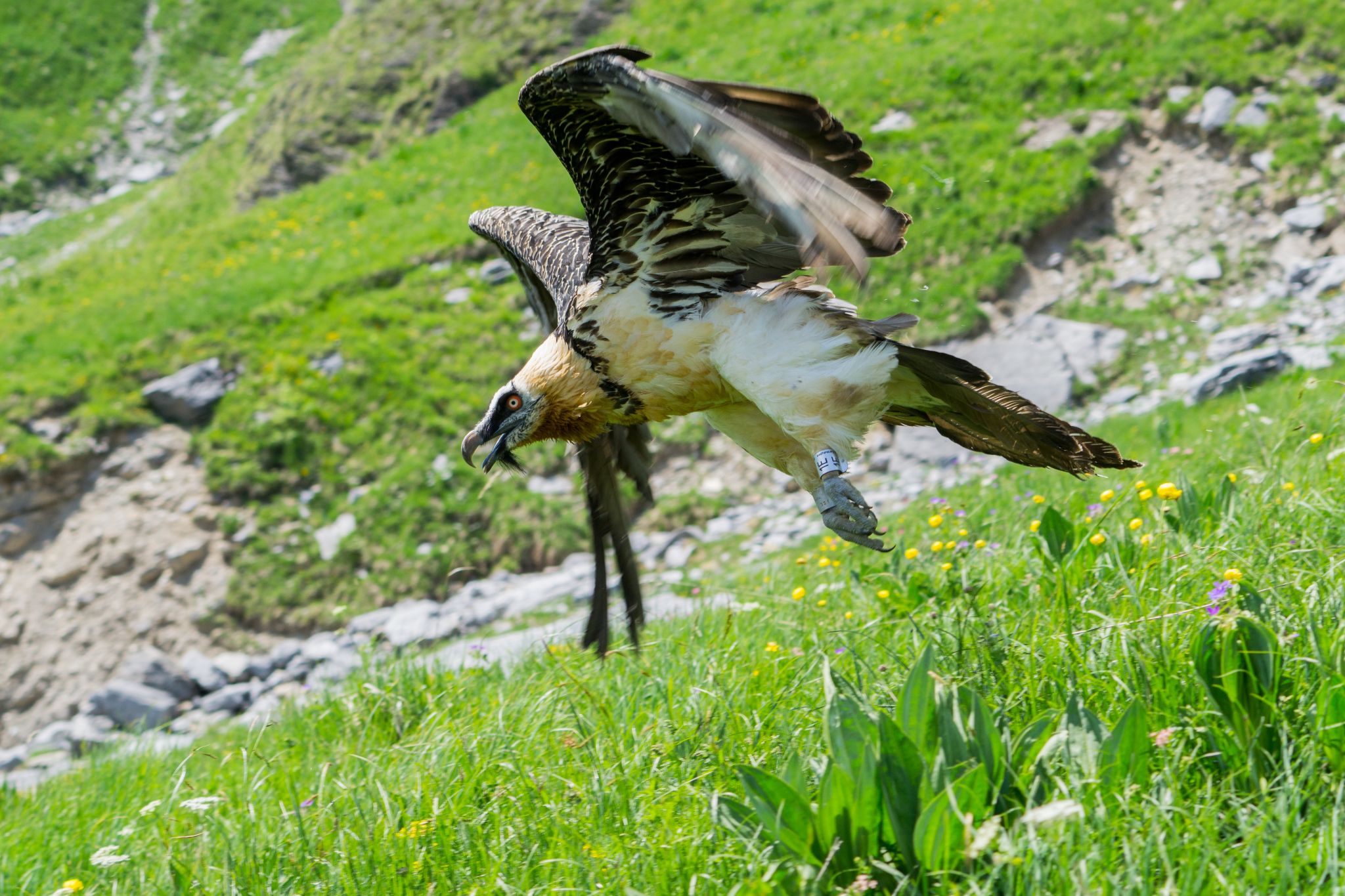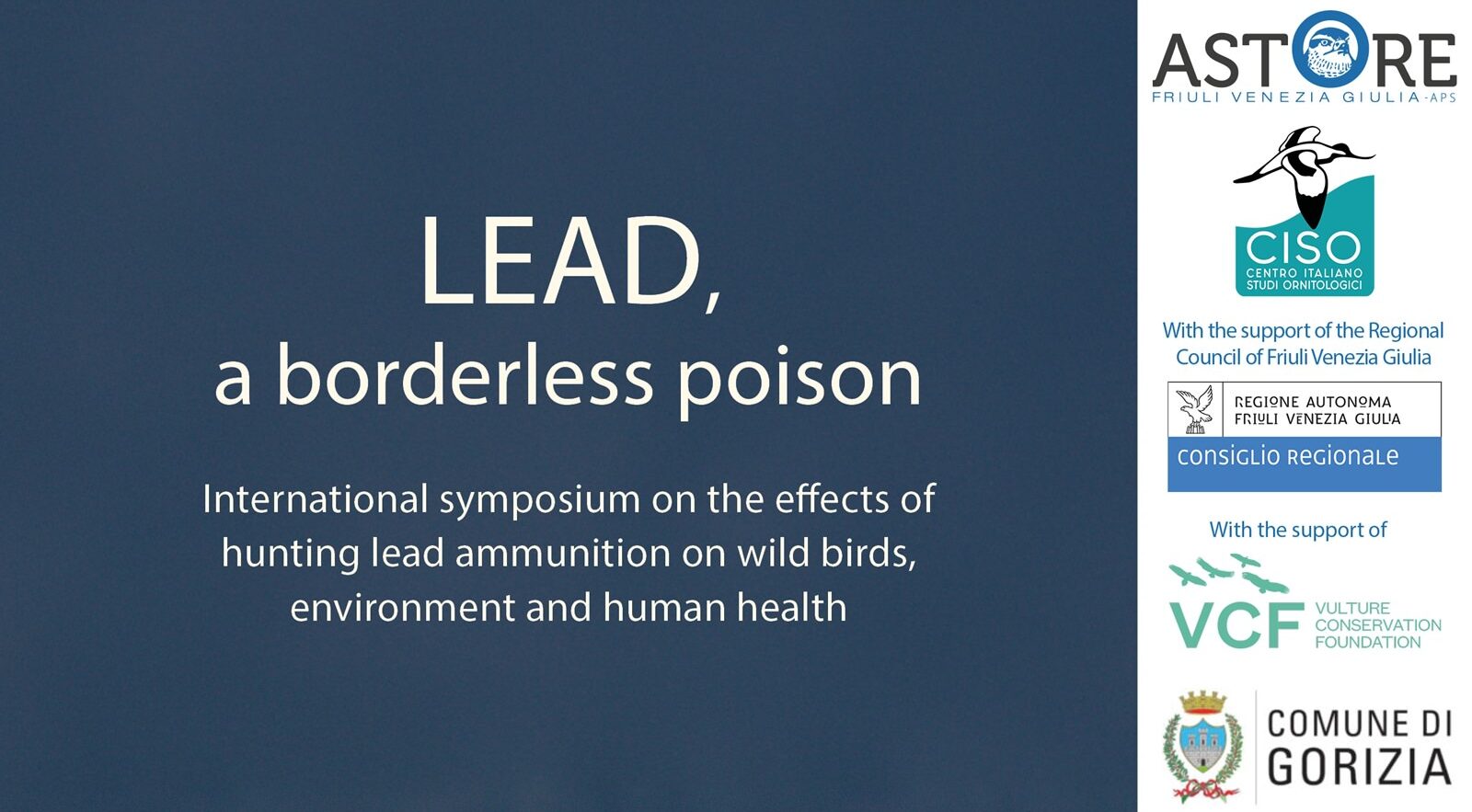The Bearded Vulture (Gypaetus barbatus) release season 2025 has come to a close — and it will be remembered as both a milestone and a test of resilience. While this year saw the historic first release in Bulgaria and continued progress in key reintroduction areas across Europe, it was also the most challenging season in years. The captive-breeding programme produced fewer chicks than in recent seasons, limiting the number of birds available for release and making each one even more precious.
Despite these constraints, the Bearded Vulture EEP network and all our partners rose to the challenge. Together, we coordinated the release of 18 Bearded Vultures across Bulgaria, Germany, France, and Spain. These releases are managed by our local partners who take up the challenge of ensuring the monitoring and safe being of the birds at the release sites.
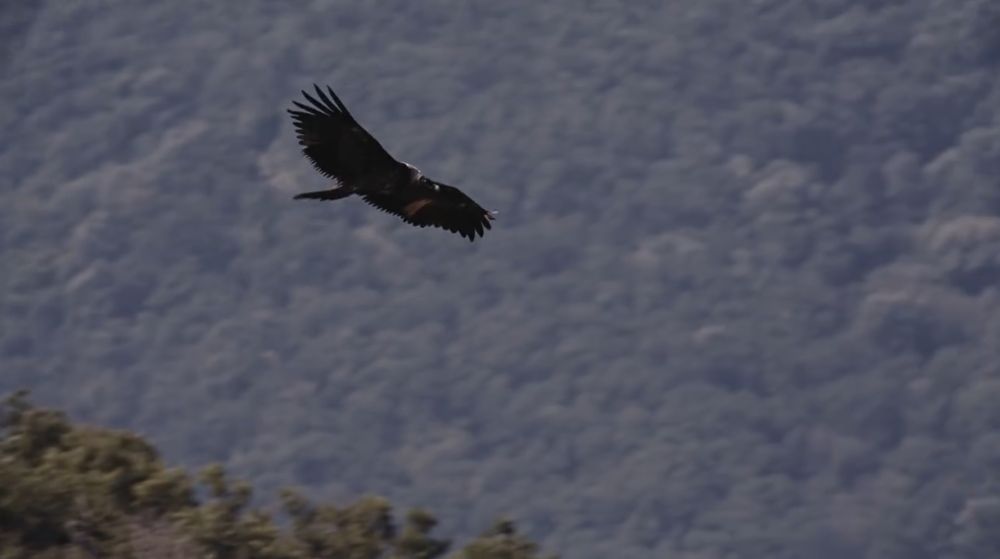
Bearded Vultures return to Bulgaria – May 17
On 17 May, three males — Boev and LifeBG (both from Ostrava Zoo, Czech Republic) and Balkan (from Green Balkans Captive Breeding Centre, Bulgaria) — were released at Sinite Kamani Nature Park, marking the species’ return to Bulgaria after more than 50 years. The release was celebrated at the historic Tuida Fortress in Sliven with a day-long festival of conservation and culture.
Tragically, only weeks later the project faced setbacks: LifeBG died from a bacterial infection, and Balkan was brought back into care due to feather loss. Luckily, Balkan has now recovered well, but it will need some more time to see if he will be able to fly properly.
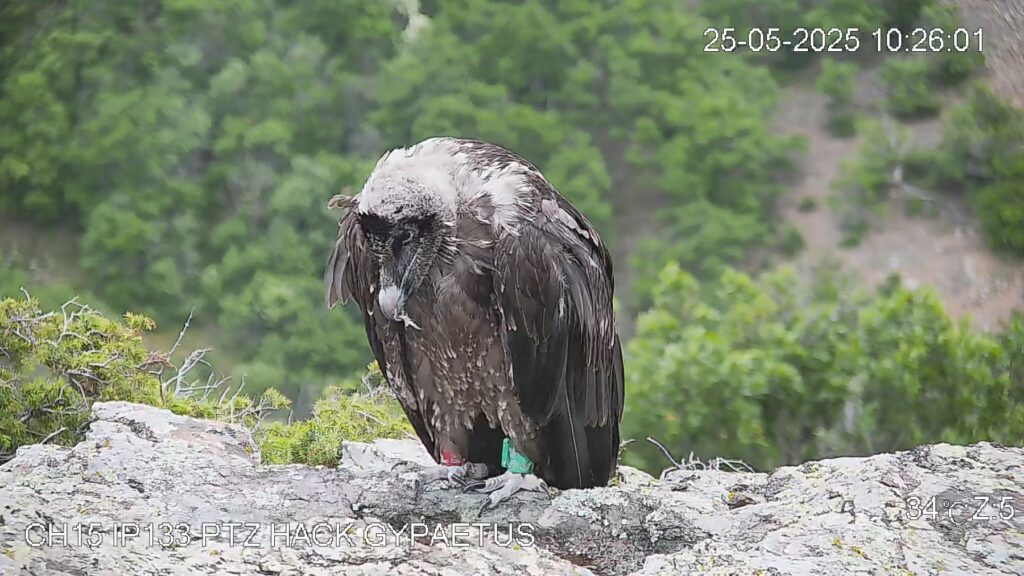
Boev, however, has already taken his first flights in the wild and is showing strong flying skills. After initially exploring the Sinite Kamani Nature Park and making short one- to two-day trips to nearby destinations such as Kotel, Yablyanovo, and Elena, he always returned to his release site. On August 6, Boev broadened his horizons, covering 120 kilometres in a single journey to the Central Balkan National Park, where he has been spending time in the company of other summering Griffon Vultures. He still seems to be enjoying his stay in this new area.


Two females released in Germany – May 27
In Berchtesgaden National Park, Generl (from Ostrava Zoo, Czech Republic) and Luisa (from Richard Faust Centre, Austria) became the ninth and tenth Bearded Vultures released since 2021. Both females were placed in a release niche in the Klausbach Valley, where they were under round-the-clock observation until becoming independent.
Generl surprised the monitoring team when, at just 107 days old — well ahead of the typical 120-day fledging age — she took her first flight, gliding confidently into the Bavarian Alps.
Luisa took a slower approach. She spent several weeks strengthening her wings and practicing on the ledge before finally launching into the air on 22 June. Her steep, impressive glide ended with a bumpy but safe landing in the meadow below. Project staff believe she was encouraged not only by Generl’s earlier training flights but also by the presence of Nepomuk, a male Bearded Vulture released in 2023, who has been seen in the area.
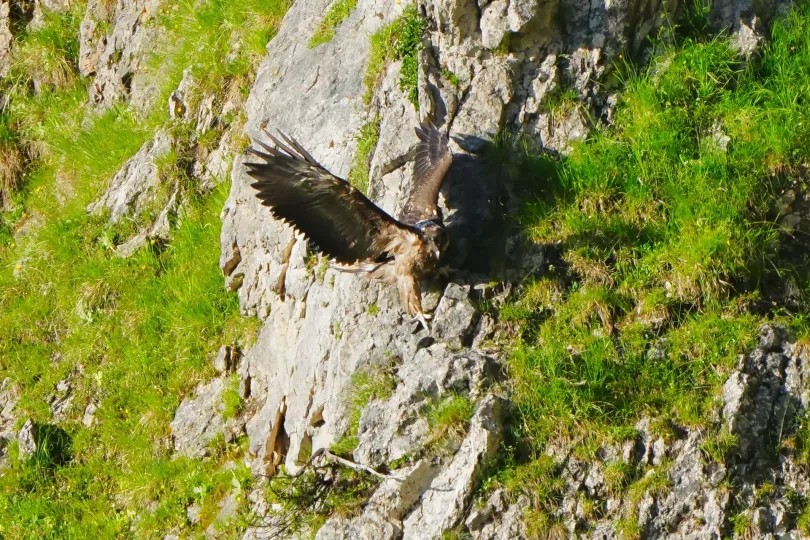
Five Bearded Vultures started their new life in the wild in Southern France
Grands Causses – May 27 & June 20
On 27 May, Ushuaia (from Korkeasaari Zoo, Finland) and Ubac (from Ostrava Zoo, Czech Republic) were released in the Grands Causses. They were joined on June 10 by Univers (Guadalentín, Spain). The trio adapted well to their new environment quickly, with Ubac being the first one to take flight in late June.
Vercors – June 19
On June 19, Spirale (Tiergarten Nuremberg, Germany) and Troubadour (Pairi Daiza, Belgium) were released at Parc Naturel Régional du Vercors. By early July, both had taken to the skies, quickly gaining confidence, regularly finding food, and honing their flying skills.

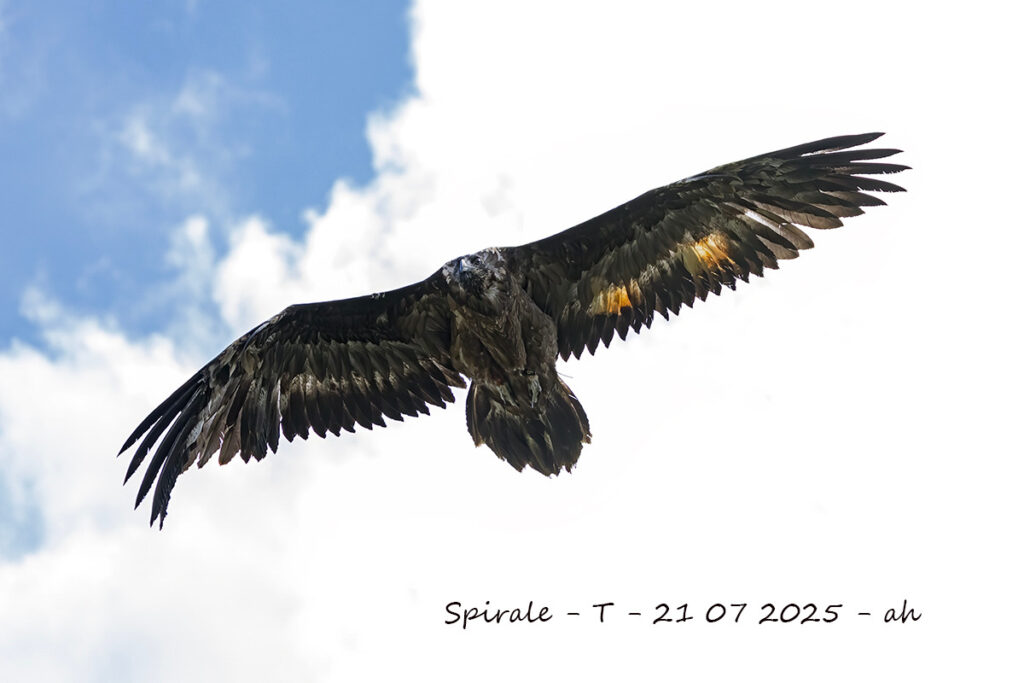
Six Bearded Vulture releases in Andalusia, Spain
This year marked the 29th year of reintroductions in Andalusia. Two separate releases took place:
Sierra Nevada – June 9
Three young females — Poqueira (Vallcalent, Spain), Polarda (Tierpark Berlin, Germany), and Aznaitín (Richard Faust Centre, Austria) — were released at 2,000 metres altitude near Monachil and Dílar.
Cazorla, Segura y Las Villas – June 13 & 23
On 13 June, Granada y Jaén (wild-hatched chicks in the Pyrenees and raised at Guadalentín) were released, followed on 23 June by Acosta (from Guadalentín, Spain), concluding the Andalusian season.
Two Bearded Vultures released in Maestrazgo, Spain
2025 marked the eighth consecutive year of Bearded Vulture releases in Maestrazgo, a key reintroduction site in eastern Spain that helps connect populations across the Iberian Peninsula. This year, the team welcomed a male and a female — Hades (from Tierpark Berlin, Germany / Richard Faust Centre, Austria) and Hera (Jerez Zoo, Spain).
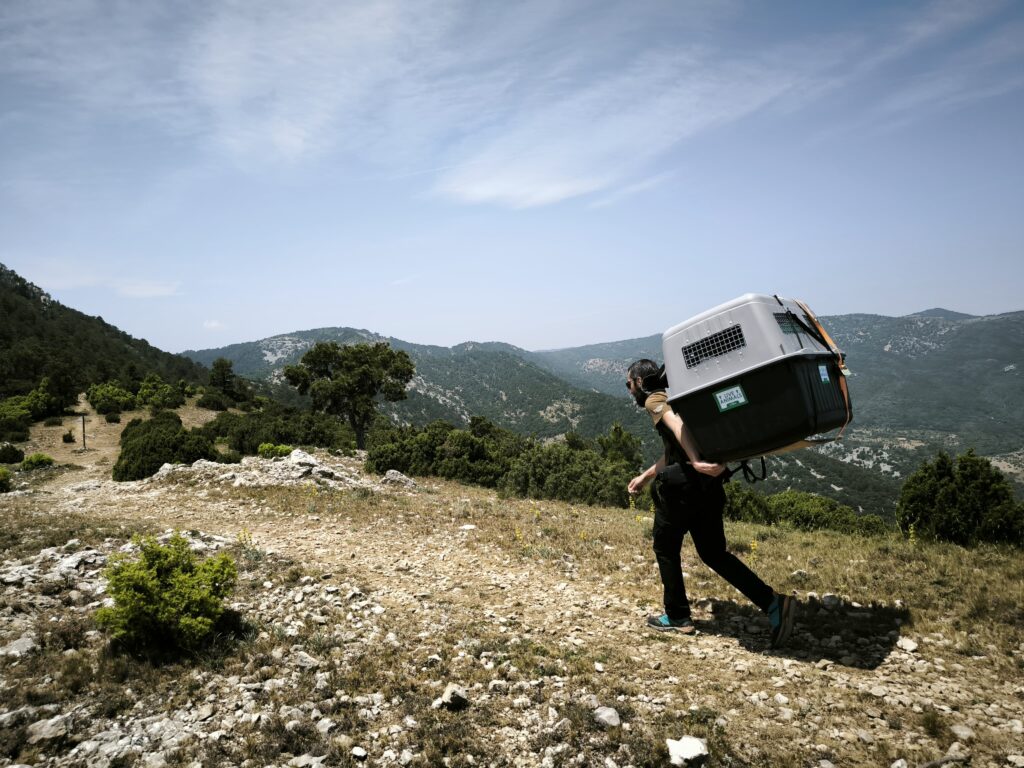
After spending a little over a month in the artificial cave nest in the rugged cliffs of Tinença de Benifassà Natural Park, they both made their first flights. The first to leave the nest was Hera, late in the afternoon of July 18. Hades followed her a day later, taking to the skies for the first time on July 19.
A year of progress and lessons
From the joy of first flights to the challenges of early mortality, 2025 has highlighted both the promise and fragility of reintroduction efforts. Every bird released is the product of decades of work — strategic coordination, captive-breeding expertise, and close collaboration between governments, NGOs, zoos, and local communities.
The Bearded Vulture EEP network, coordinated by the Vulture Conservation Foundation, continues to be vital for captive breeding and release efforts. With fewer chicks produced this year, every release carried extra weight — and every wingbeat in the sky is a tribute to the hard work, skill, and dedication of the people behind these efforts.


